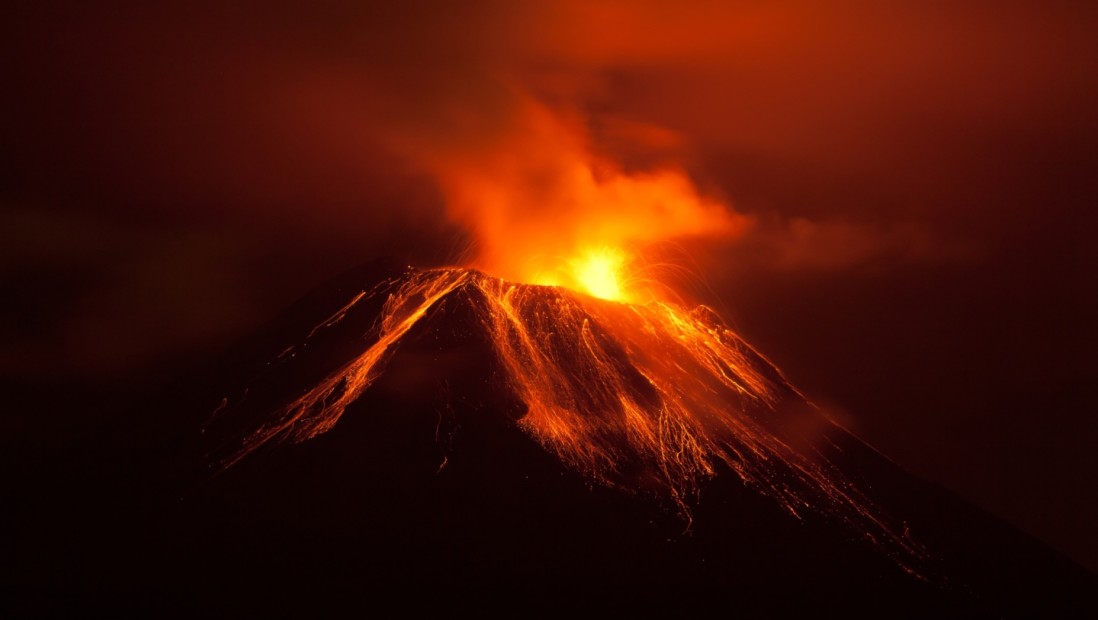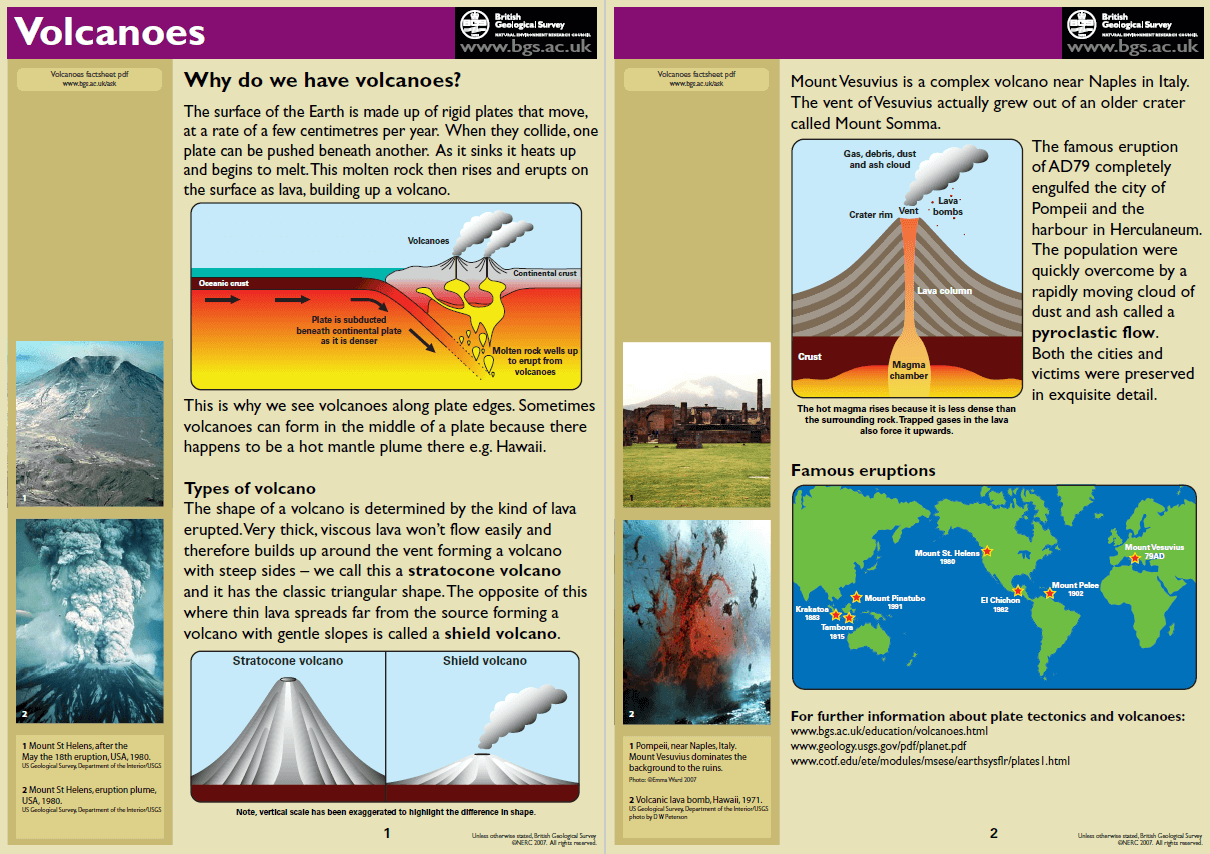Facts About Earthquakes And Volcanoes | Earthquake swarms are sequences of earthquakes striking in a specific area within a short period of time. What are these waves called? About 90 percent of all earthquakes strike within the ring of fire. People have died from volcanic blasts. Before discussing the relationship between earthquakes and volcanoes, let's take a brief look at each of them individually.
When the lava cools, it forms rock. Plates made up of oceanic crust and mantle collide, forming. Some earthquakes are powerful with mercifully low death counts and some earthquakes are much less powerful, however, they can be. A volcano is formed by eruptions of lava and ash. Eew and nvews take into consideration the fact that people in areas further away from a disaster source will have more time to prepare than people in.

Fascinating facts discover interesting facts that you might not know about earthquakes and volcanoes. Earthquakes occur most often along geologic faults, narrow zones where rock masses move in relation to one another. Now instead of water and rafts, it's actually molten lava and land masses or plates of land. 79 and through the present. Scientists who study and measure earthquakes are called seismologists. Similarly, unusual earthquakes can also lead to volcanic eruptions. What are seismic waves and what information do they give us about earthquakes when they have been recorded by a seismograph? Volcanoes and earthquakes is a very important part for the aspirants preparing for ias and hence the candidates gave special emphasis on geography. Some earthquakes are powerful with mercifully low death counts and some earthquakes are much less powerful, however, they can be. You might also want to read on the 10 facts about earth. Interesting facts about earthquakes including the largest earthquake ever recorded and famous earthquakes in history. Does one trigger the other? But little did i know:
Volcanoes spew hot, dangerous gases, ash, lava, and rock that are powerfully destructive. Volcanic eruptions can result in additional threats to health, such as floods, mudslides, power outages, drinking water contamination, and wildfires. Now instead of water and rafts, it's actually molten lava and land masses or plates of land. Redoubt volcano with minor ash eruption. Similarly, unusual earthquakes can also lead to volcanic eruptions.

In fact, earthquakes usually accompany a volcanic eruption. People have died from volcanic blasts. Earthquake waves are transmitted through materials in earth and along earth's surface. In a nutshell this is how we get earthquakes, volcanoes and the movements of these plates can create volcanoes and mountains and of course many many earthquakes. There are several types of earthquakes in 1980 marked the beginning of new activity that has included shifts in the position of hot springs and swarms of other small earthquakes. This results in an earthquake. Geological forces below the surface of the earth have created some of our most inspiring landscapes—the cascade range, the himalayas, yellowstone, the hawaiian islands, the galapagos islands, and many more—but these same forces often also threaten our way of life. Volcanoes are usually cone shaped mountains or hills. Eew and nvews take into consideration the fact that people in areas further away from a disaster source will have more time to prepare than people in. Similarly, unusual earthquakes can also lead to volcanic eruptions. Earthquakes are related to cracks in the crust. Although volcanoes are all made from hot magma reaching the surface of the earth and erupting, there are different kinds. Before discussing the relationship between earthquakes and volcanoes, let's take a brief look at each of them individually.
79 and through the present. Volcanoes spew hot, dangerous gases, ash, lava, and rock that are powerfully destructive. Small earthquakes were detected by the cambridge volcano seismology group down to a depth of 30 km below the surface, as molten rock stored at depth migrated during the eruption. Earthquake and volcano playlist, keeping u updated with the latest volcanic eruptions and magnitude 5 and larger earthquakes. About 90 percent of all earthquakes strike within the ring of fire.

Some earthquakes are powerful with mercifully low death counts and some earthquakes are much less powerful, however, they can be. Now instead of water and rafts, it's actually molten lava and land masses or plates of land. World map showing volcanoes with shallow (less than 20 km) earthquakes within 20 km radius during the past 24 hours on 24 jun 2021 number in brackets. The vent may be visible as a small bowl shaped depression at the. People have died from volcanic blasts. A volcano is an opening in earth's crust where magma breaks through, raining down molten rock, ash and gases. Does one trigger the other? Learn more about the causes and effects of earthquakes in this article. In such seismic hotspots, eruptions. In fact, most earthquakes strike within the ring. It's no surprise, then, that they are sometimes suspected of being able to this area hosts 90 percent of the world's recorded earthquakes and 75 percent of all active volcanoes. This results in an earthquake. Fascinating facts discover interesting facts that you might not know about earthquakes and volcanoes.
Tectonic earthquakes are among the most powerful natural phenomena on the planet earthquakes facts. What are these waves called?
Facts About Earthquakes And Volcanoes: In fact, earthquakes usually accompany a volcanic eruption.
EmoticonEmoticon